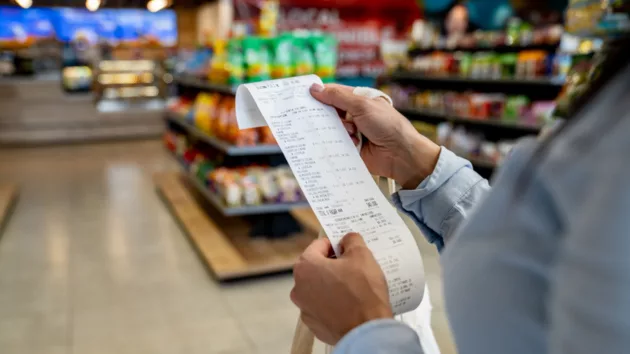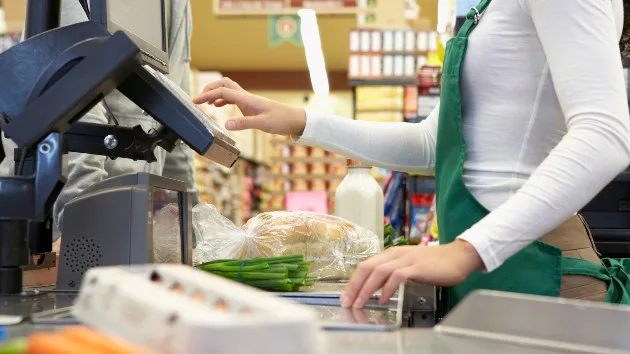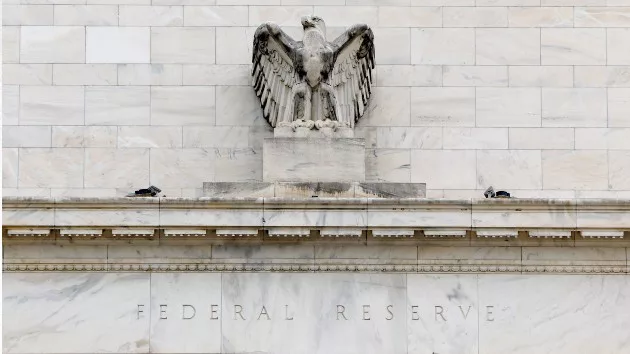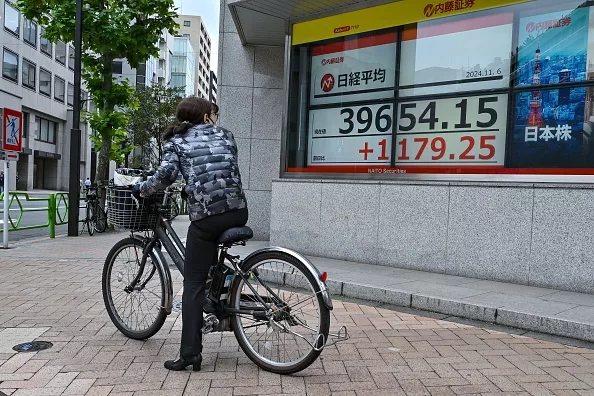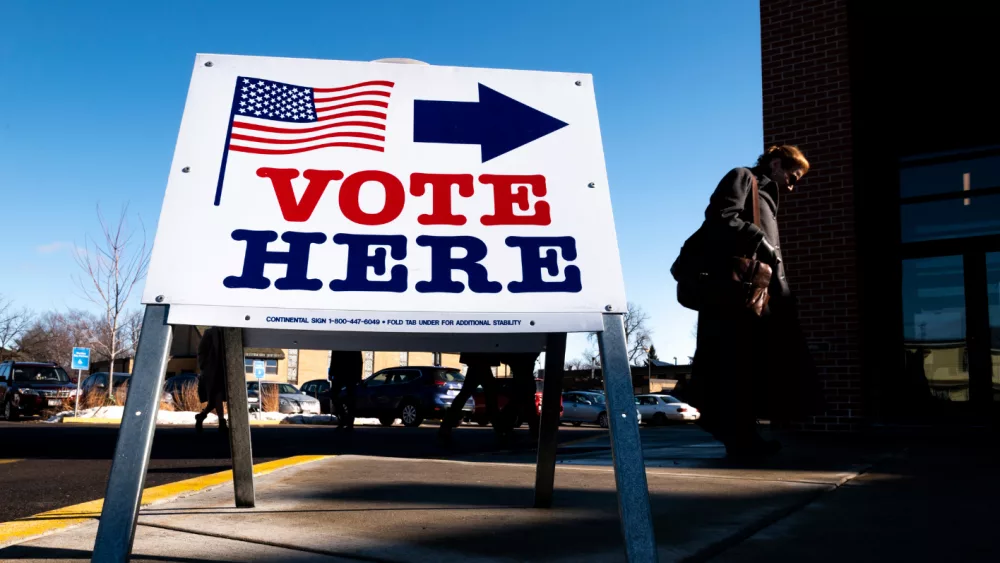
(WASHINGTON) — Inflation in July held steady even as the costs of housing and food rose, according to findings by the Bureau of Labor Statistics released Wednesday.
The Bureau of Labor Statistics released the Consumer Price Index (CPI) which serves as an illustration of how inflation changes each month. Despite gasoline prices falling by 7.7%, this deflation was offset by inflation in food and shelter, resulting in no change in the overall CPI of urban consumers through July.
This comes as a welcome sign to consumers who have experienced an inflation gain every month since October 2020. But the report made clear that the main place consumers will feel a big difference is at the gas pump. Rent of primary residences rose by 0.7% since June and food increased by over a percent and is now up 10.9% since this time last year.
The cost of eggs have risen by 38% year over year – the most among all goods in the food category. Margarine, flour, and butter have all followed close behind. These increases have been felt throughout grocery stores and in small businesses like Aya Pastry in Chicago, Illinois.
“Every single ingredient that you could literally think of has changed in price,” Chef and small business owner Aya Fukai told ABC News.
Fukai provided ABC News with the product costs for her pastry business, Aya Pastry, from the past year. Fukai’s butter distributor increased costs by 79% in the past year. Non-food items have also increased substantially. Gloves used to maintain a sanitary kitchen have increased by 128%. Aya Pastry also uses gas for all their deliveries and have felt the skyrocketing energy prices impacting their costs.
Businesses dealing with inflation must choose between a lesser of several evils: reduce margins, increase prices, or cut costs. Many businesses in tech have made headlines by choosing the last option through layoffs. Aya Pastry opted to slim their margins and pass some of the costs on to the consumer with a 22% increase in their biscuits and other goods.
“At first, there were definitely [customers] wondering why everything was so much more expensive,” Fukai said. “It’s only because everything to us is more expensive.”
Despite the continued increases in food and shelter, many experts like senior economist and deputy director of research at W.E. Upjohn Institute for Employment Research Brad Hershbein are “cautiously optimistic.”
“This report was in line—if not slightly better—than expectations,” Hershbein wrote in an email to ABC News.
Assistant vice president and economist at the St. Louis Federal Reserve Fernando Martin reinforced the hope that the reduction in energy costs will be in other areas like food prices in coming CPI reports.
“I think you should expect a delay in seeing the full impact,” Martin told ABC News in reference to the decrease in energy costs. Martin remains concerned about the cost of rent and other services in the coming months.
As The Federal Reserve continues to fight inflation by raising interest rates, the markets, businesses, and consumers can take some comfort from the latest figures.
“There’s a lot that could still go wrong,” Hershbein said. “But it hasn’t gone wrong yet, and that’s better than a lot of people had feared.”
Copyright © 2022, ABC Audio. All rights reserved.



